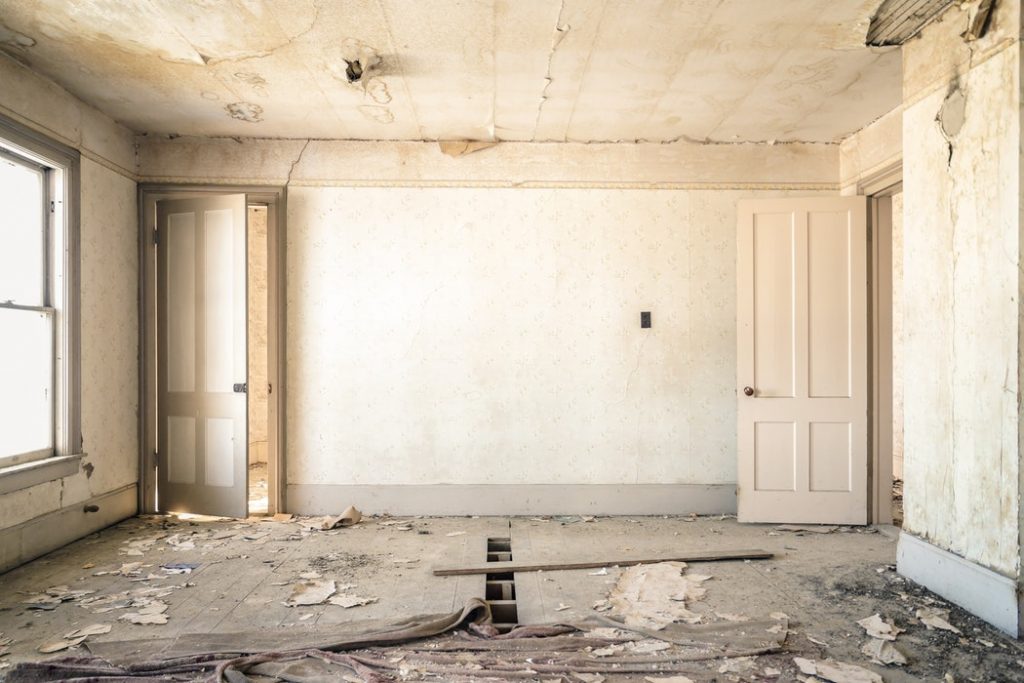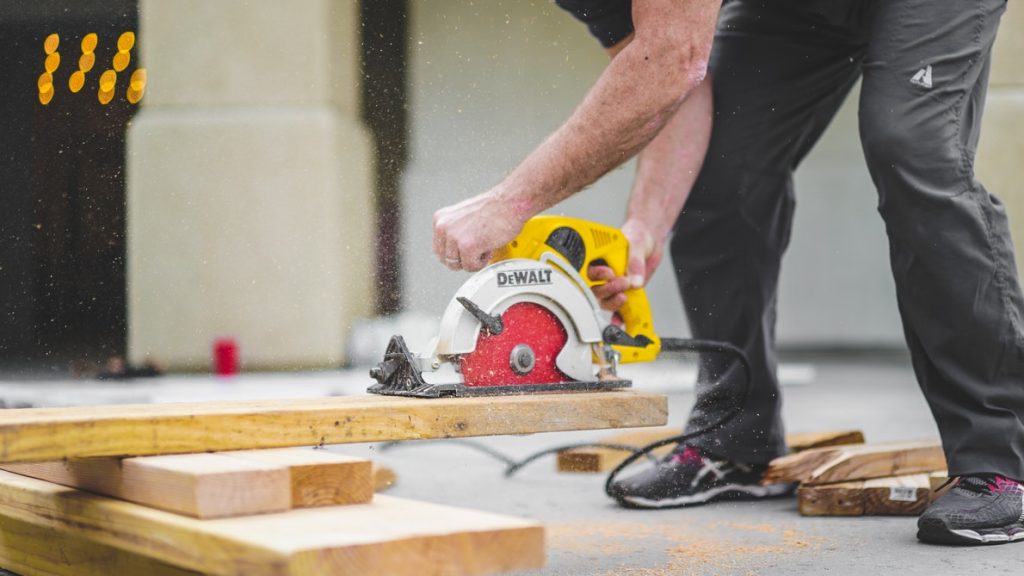Treatment of damp and other problems is essential for any property in order to ensure that it is habitable and safe. Through this article we will discuss the different types of damp that can occur as well as damp treatment and other preventative measures that can protect your home from other property issues. Normally whenever any form of damp is found it is best to contact a property repair specialist in order to begin damp treatment.

Rising Damp-Damp Treatment
Rising damp is a form of damp where condensation and dampness climbs its way through a property. This can eventually lead to harmful bacteria multiplying and developing into mould if left untreated. Here are some of the main characteristics of rising damp:
- Wallpaper peeling at the base of a wall
- Large damp or wet patches which appear dark against a wall
- Paint not sticking to the walls

What Can Be Done To Prevent Damp Buildup?
One of the most effective and tried and tested ways of combating damp is to have your property undergo a property survey. Think of it as an MOT for your property as it will identify any issues existing with the structure or any potential problems such as damp or rot within the property. Normally those who conduct the survey can carry out the repairs or refer a company that specialises in property repair so you can have the problem or problems fixed.
Another way in which you can prevent damp buildup is by using a form of damp treatment known as damp proofing. Damp proofing can be done using a number of different techniques. One of the most commonly used ones is damp proof coursing damp proof coursing normally involves placing a material in between or underneath a property in order to stop damp from spreading within the property.

Other Property Issues
As well as the requirement for damp treatment you may have to look into other forms of preventative maintenance in order to protect your property. One of these forms of property issue could be mould buildup. Mould typically occurs when there is lack of light as well as excess moisture within a property. ultimately mould buildup within a property can lead to health conditions and reduced overall air quality.
One of the ways in which this can be prevented is by purchasing an air dehumidifier/purifier. This device removes humidity and moisture from the air and also helps to purify the air in the room allowing for better overall air quality. An additional way which can help to remove mould and condensation from within your property is by purchasing double glazing windows. Double glazing windows can help to ensure that heat is retained within a property and reduce overall damp and condensation.
Conclusions
Overall there are a number of different things that can be concluded from this article. Some of the most important things you can do for your property are getting a property survey done as well as installing new windows and air dehumidifiers to ensure the space within your property is safe and habitable.


